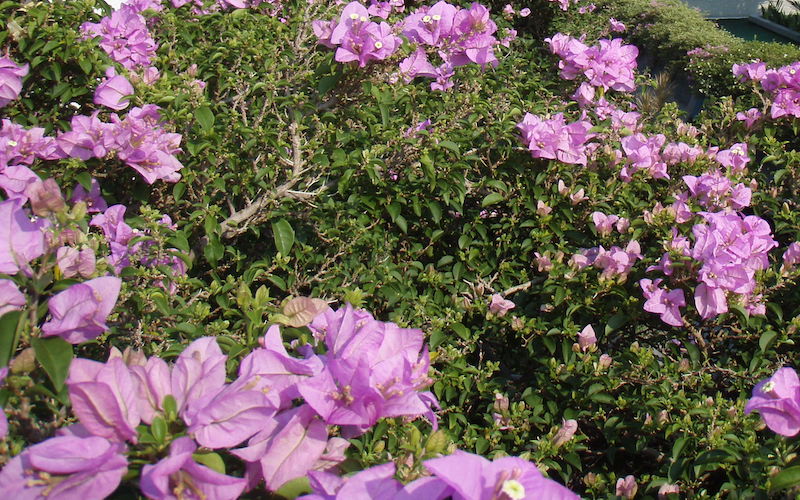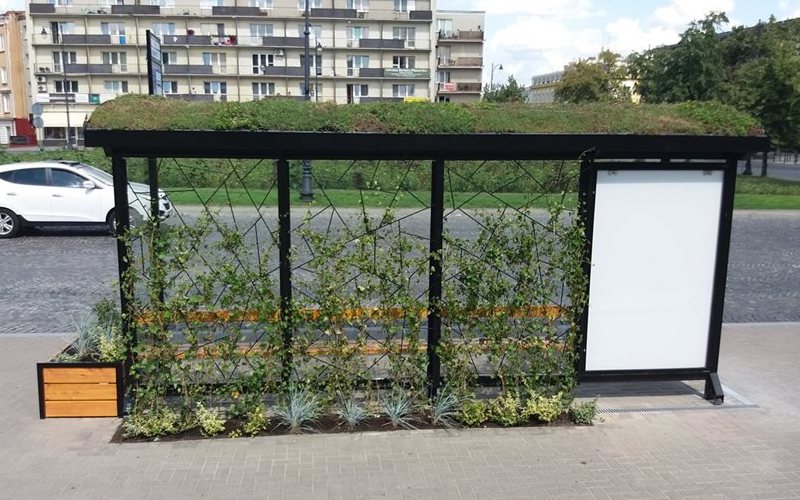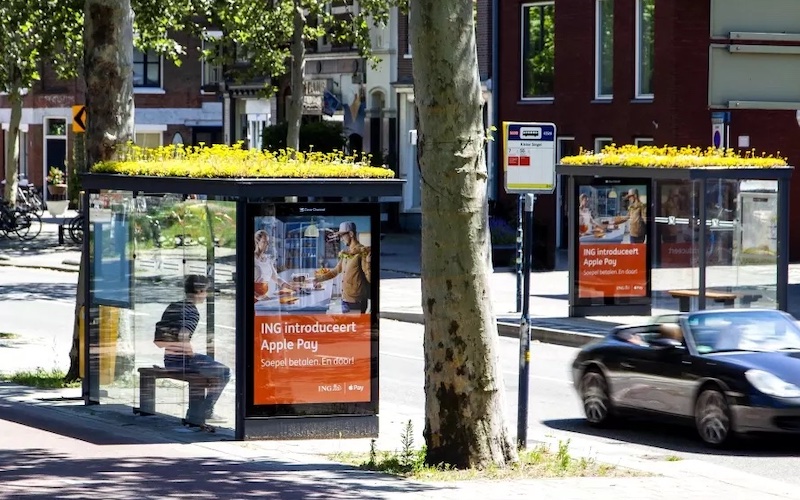Green Bus Shelters
Creating Better Urban Environments
Making Bus Shelters Greener with WaterUps
Creating more green bus shelters in our urban environments is necessary to make our cities more livable, combat increasing heat island impacts, and induce more people to use public transport.
Residents of our capital cities are asking for more shade at bus stops, like the findings of a 2020 Brisbane City Council Survey. The response to date has largely been to plant trees either side of a bus stop – but there are many locations where this has not been possible.
More is needed increase shade, user comfort and reduce sun and heat exposure as noted in a recent Linked In post by Riley Flanagan from the Urbis.
Bus shelters present a way for cities to reduce their carbon footprint and apply biophilic design principles. By incorporating natural elements into bus shelters, we can create a more inviting and comfortable space for commuters.
3 Key ways to Green Bus Shelters
We can green bus shelters by incorporating:-
- Green Roofs: Installing a green roof on top of the bus shelter can provide a natural insulation layer and add an aesthetic touch (or enable a climber to rest on top of the roof, like a bougainvillea.)
- Green Walls: A green wall vertical garden can be installed on the side of the bus shelter. It can improve air quality and reduce noise pollution.
- Planters: Adding planters around the shelter can provide a green space and enhance the shelter’s aesthetic appeal. Their plants can also block some of the low level sun that tends to still be quite fierce at peak commuter times.

Overcoming Council Concerns
While many council and town planners have considered these concepts in the past, they have been deterred by two factors:.
1. The additional construction needed for a bus shelter roof to support the weight of gardens.
2. The added watering maintenance required to ensure the survival of plants.
Wicking is the Way Forward
Now, all that has changed with the arrival of WaterUps Wicking solutions.
Incorporating wicking beds into the design is the ideal way to green bus shelters, because they don’t require connection to a water supply with their inbuilt water reservoirs providing a longer-term plant water solution. This lowers maintenance costs by reducing the frequency of visits for watering. Plant health and growth are also improved because of the growing benefits that wicking beds provide.
Today, WaterUps wicking solutions are being used by commercial and government organisations to green rooftops and provide green corridors for trees and other vegetation.
Using WaterUps for planter boxes, councils could erect a simple wire climbing system to support a number of vine growing plants that could cover bus shelters without adding unsafe weight to existing structures.Depending on a city’s temperate zone, plants such as the native hardenbergia, passionflower, orange trumpet vine, star jasmine, stephanotis, cardinal creeper and bougainvillea could work well.

Australia has some catching up to do.
For such a hot country, Australia lags behind Europe when it comes to green bus shelters:

POLAND
The city of Białystok, Poland has bus shelters with green roofs and vegetation mats, evergreen climbers on the sides of the shelters that are protected from frosts – all watered via a rain capture reservoir system, not unlike what WaterUps delivers.
Photo: FPP Eviro, Białystok City Office

THE NETHERLANDS
Utrect in the Netherlands has a policy that no bus shelter roof will go unuse. They have a mix of solar panels and green bus shelter roofs, that store rainwater, provide cooling and promote urban biodiversity providing habitats for insects like bumble bees.
Photo: Closer Cities
6 Key Benefits of Green Bus Shelters
Productive green spaces:
Bus shelters can be transformed into small gardens by adding planters, trellises, and other types of greenery. This can help create more green spaces in urban areas and provide a more attractive environment for commuters.
Reducing heat island effects:
Urban areas tend to be much warmer than surrounding rural areas due to the concentration of buildings and other infrastructure. Greening bus shelters can help to reduce heat island effects by providing shade and cooling effects through the transpiration of plants.
Improving air quality:
Plants are natural air purifiers, and they can help to improve air quality in urban areas by filtering pollutants out of the air. They absorb carbon dioxide and other pollutants from the air and release oxygen, which improves air quality.
Providing a calming green environment:
Green spaces have been shown to have a calming effect on people, reducing stress and anxiety levels. Greening bus shelters can provide commuters with a more pleasant and relaxing environment to wait for the bus. Research has shown that exposure to green spaces can improve mental health by reducing stress and anxiety levels.
Encouraging greater use of public transport:
By greening bus shelters, we can encourage more people to use public transportation, which can help to reduce greenhouse gas emissions and improve air quality.
Improve City Wildlife:
They can attract bees and bugs vital to pollination across our country.
Create Green Bus Shelters Today
WaterUps is available to help councils green their bus shelters and improve and save money on their tree planting programs around bus shelters and throughout parks and public spaces.

